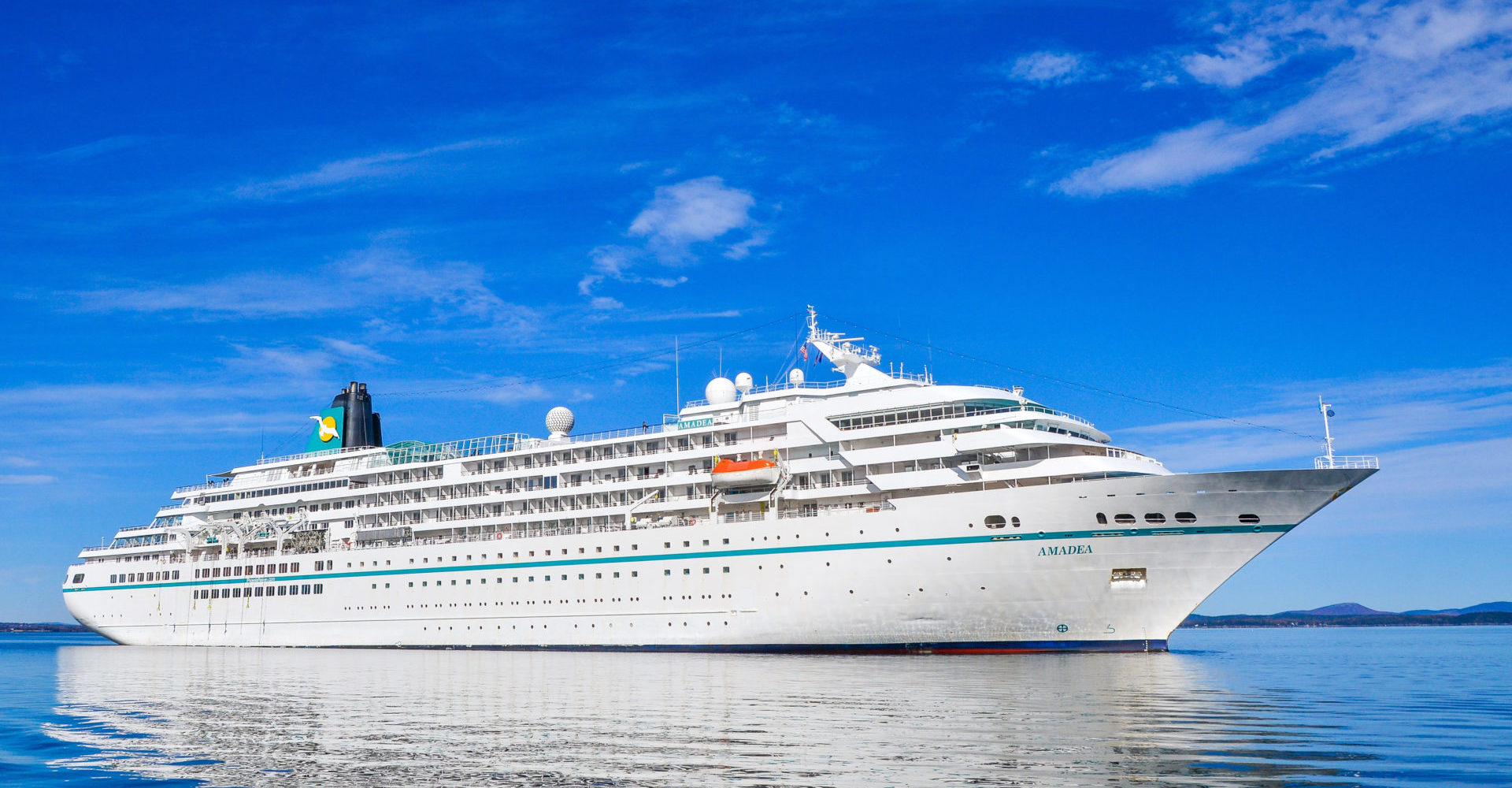Retrofitting Vessels to Meet Current Day Market Changes
Installing new equipment to a vessel after it has started service, and the complete conversion of a vessel to a new use (including procedures that transform the vessel) is what we call retrofitting.
This is done to help the vessel be more equipped to meet certain changed criteria, like changing regulations. An example is an environmental retrofit. They are driven primarily by regulatory moves, to tackle climate change and focus on the need to reduce emissions from using fossil fuels. Slawomir Graban, Director C-Job Gdansk, says: “Retrofit projects can extend a ship’s life cycle or ensure it adheres to the latest regulations. We have tools and a wealth of knowledge in retrofits in various markets to support any project that comes our way.”
Laser scanning – an invaluable tool
Laser scanning is an important tool in retrofitting. It lets you build precise 3D imagery in the form of Point Clouds, to reduce the time measuring the space inside a vessel, and increase the accuracy to two millimeters or less.
This is particularly valuable when applied to older ships where as-built drawings don’t necessarily match the current situation and those with little accommodation. Laser scanning speeds up the entire retrofit process, and significantly reduces the number of collisions, allowing a greater scope of work to be done before the project starts.
The C-Job approach
C-Job’s approach to retrofits is simple and effective. As with any project, C-Job works together with our client to discuss desires and requirements and set out the path to the end objective. At C-Job, we assemble a Point Cloud from all available information – including laser scanning – after which the engineering can begin. Slawomir says “The length of the retrofit project can vary greatly depending on the complexity of the changes being made and the existing arrangements of the vessel. A simple 3D model can take 1 or 2 weeks. Though more complex job can take several months to engineer.” Each job is unique and will require a tailored approach. No matter what is needed, C-Job engineering can support the entire process.
Cruise vessel modification: MS Amadea
Shipowners and operators are increasingly taking steps to make their vessels compliant with the latest regulations to reduce carbon emissions. The MS Amadea, the cruise vessel owned by Phoenix Reisen and managed by Bernhard Schulte Cruise Services (BSCS), is one that is leading by example. The vessel operates worldwide and recently was retrofitted to meet new Norwegian emission standards and Tier III modifications.
C-Job Naval Architects supported BSCS with the retrofit and was responsible for the structural and mechanical engineering involved in the integration of the Tier III modifications which included the SCR urea exhaust system as designed by MAN for the main engines. Additionally, auxiliary generators were replaced with new Tier III-compliant generators and a high-voltage system for a shore power connection was installed for when the vessel is in port.
The modifications were carried out by Damen Shiprepair Amsterdam, where C-Job provided onsite assistance and building supervision for BSCS.
The industry is likely to implement these changes across their fleet. At C-Job, our knowledge, experience, and innovative solutions are key to support our clients with these retrofit projects. BSCS is continuing their decarbonization activities with other vessels – more to be revealed in due course.
